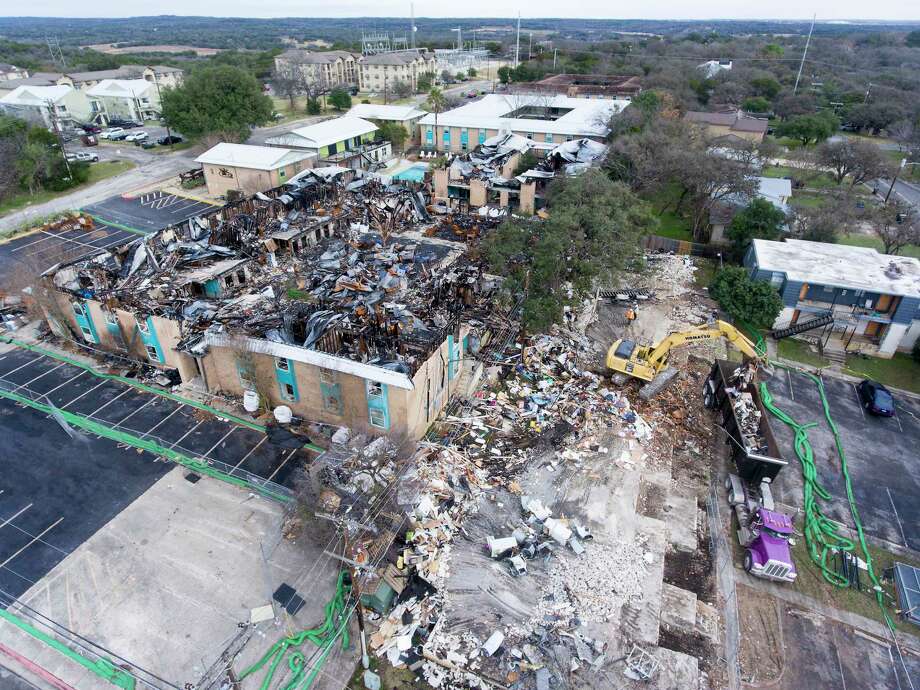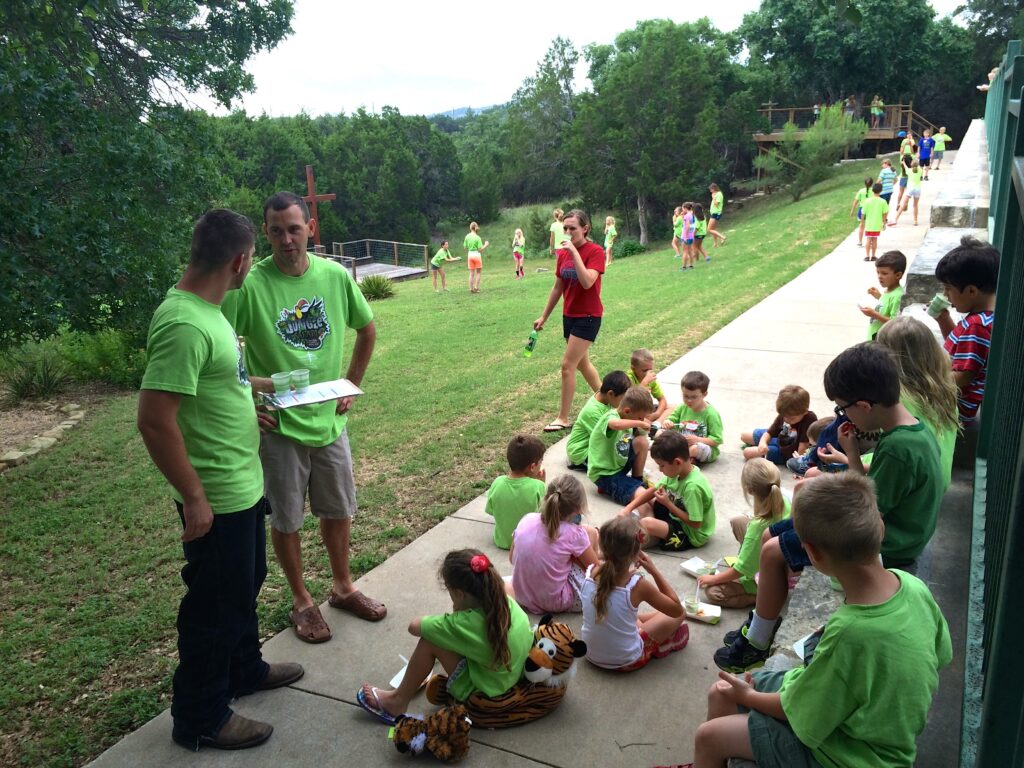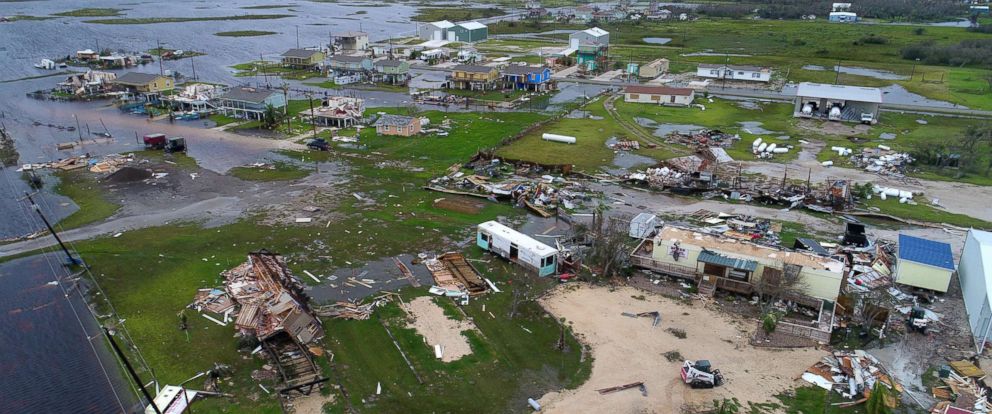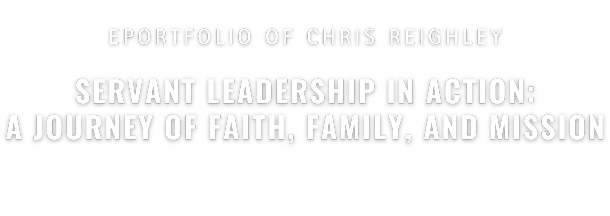It was just before dawn on July 20, 2018, and the air was thick with smoke. The acrid smell clung to everything, choking the breath from my lungs as I stood at the site of the Iconic Village Apartments fire in San Marcos, Texas. Charred remains of the building loomed like skeletons against the first light of day. Sirens wailed in the distance, a constant, eerie reminder of the tragedy that had unfolded just hours before. As I stood there, the weight of leadership pressed down on me. Survivors huddled together, their faces streaked with soot and shock, eyes wide with the fear and uncertainty of what came next.
As the Incident Commander for the Austin Disaster Relief Network (ADRN), the responsibility weighed heavier than ever. But at that moment, more than logistics and planning, compassion, clarity, and resilience were needed. Leadership, I realized, wasn’t about directing from a distance. It was about stepping into the chaos, being fully present, and guiding others through it.
Throughout my experiences in disaster relief and ministry, four attributes have stood at the forefront of my leadership journey: empathy, self-awareness, vision, and resilience. These qualities, tested in moments like that fire, have shaped how I lead and how I grow. This reflection is the story of how these attributes came to life in my leadership journey.
Empathy in Action:
Leading with Compassion in Crisis
The smell of burning wood and melted plastic still haunts my memory. It clung to everything—the air, the people, the clothes we wore. I watched as Sarah, a mother clutching her three-year-old daughter, Emily, stood frozen, staring at the remains of her home. Her face was a mask of disbelief, eyes red from the smoke and tears. At that moment, I realized that no amount of logistical planning could ease the deep emotional pain these survivors were feeling. What they needed most was not a leader who could tell them where to go next but someone who would simply stand with them in their suffering.

I remembered Greenleaf’s words from Servant Leadership, “A servant-leader focuses primarily on the growth and well-being of people and the communities to which they belong” (Greenleaf, 1977, p. 21). It wasn’t enough to lead the team; I had to ensure my volunteers could provide the emotional and spiritual care these survivors needed. Our team at ADRN had been trained in critical incident stress management, and that day, I saw the depth of that training come to life. Volunteers moved quietly among the survivors, offering water, blankets, and—more importantly—a listening ear. The sound of whispered prayers and gentle reassurances filled the air. We call this a ministry of presents.
Empathy wasn’t just a leadership strategy that day but a lifeline. My role was to ensure that the team felt supported to continue giving. As Jesus said in John 13:34-35, we are to love one another as He has loved us, and I saw that love manifest in how my team cared for each other and the survivors. Empathy became the bridge between the chaos and the calm we were trying to restore. It solidified my belief that true leadership starts with compassion, creating trust and loyalty even in the darkest of times (Reighley, 2024a, p. 4). Moving forward, I’ve made it my mission to lead with empathy at the forefront of every decision and every action.
Staying Grounded:
Self-Awareness and Leadership Growth
Years earlier, on a sunny Saturday morning in August, the smell of burning wood was replaced by the sound of children laughing as they ran through the halls of Rolling Hills Community Church in Lago Vista, Texas; it was a different type of chaos. It was Vacation Bible School, and while the atmosphere was light, the pressure I felt as the assistant program director was still palpable. I shared the responsibility of coordinating 40 volunteers and ensuring that the event ran smoothly for over 100 children. My natural tendency as an INTJ—strategic, focused, and efficient—helped organize the logistical details, but something was missing.
Despite everything running on schedule, I sensed a distance between myself and the volunteers. They were following instructions, but there wasn’t the engagement, the passion that makes a team thrive. We needed “FUN”. That’s when Northouse’s words on self-awareness from Leadership: Theory and Practice came back to me. He wrote that self-aware leaders understand how their behaviors impact others and make adjustments accordingly (Northouse, 2021, p. 261). In that moment, I realized that I was leading with my head but not with my heart. My strategic planning skills were effective, but I wasn’t connecting emotionally with the team.
I stopped in the middle of the busy hallway, listening to the sounds around me—laughter, conversations, the shuffle of feet—and took a deep breath. I needed to recalibrate. Leadership wasn’t just about getting things done; it was about inspiring people to care about the mission.
That week, I made a conscious effort to engage more personally with each volunteer, asking about their day, sharing stories, and creating space for them to voice their ideas. The shift was palpable. Suddenly, the atmosphere became one of collaboration rather than just coordination. I learned that self-awareness isn’t just about knowing your strengths and weaknesses—it’s about being willing to adjust how you lead based on the needs of your team (Reighley, 2024b, p. 5).

Seeing Clearly:
The Power of Vision in Leadership
Vision. Without it, leadership lacks direction. Proverbs 29:18 says, “Where there is no vision, the people perish.” Leading the Shoe Leather Gospel ministry has been an exercise in understanding how crucial it is to cast a vision that inspires and provides a clear path forward. The mission was bold: to combat biblical illiteracy and equip disciples to make disciples. But I quickly realized that while the vision was clear in my head, the way we executed it wasn’t always clear.
Early on, in September 2022, our ministry had grand ideas, but those ideas were only possible with structure. That’s when I turned to the SMARTER goal framework, which allowed us to break down the vision into specific, measurable steps (Northouse, 2021, p. 197). I remember sitting in a meeting at our ministry headquarters in Lago Vista, Texas, where the hum of the air conditioner filled the quiet room. My team stared at me, waiting for directions. I felt the weight of their expectations. That’s when I presented the new framework—a roadmap that turned our grand ideas into achievable milestones. The tension in the room lifted. The volunteers began to see how their individual roles fit into the larger picture, and that sense of ownership breathed new life into our efforts.
By breaking down the vision into attainable goals, I saw how visionary leadership isn’t just about painting a big picture; it’s about giving people a clear, actionable path. That moment affirmed for me that leaders must not only see the future but also guide their teams on the steps it takes to get there (Reighley, 2024c, p. 3). Moving forward, I’m committed to ensuring that my vision is both inspiring and practical, creating opportunities for growth along the way.
Resilience Under Fire:
Adapting to Crisis
The sound of helicopters cutting through the thick, humid air above us was a constant reminder of the devastation left by Hurricane Harvey in August 2017. As we stood amidst the wreckage—broken homes, shattered lives—I realized that resilience was more than just a trait; it was a necessity. Supplies were running low, tempers were running high, and our team was running on fumes. But there was no room for exhaustion. As a leader, I had to be the anchor for my team, even as we faced one obstacle after another.
I thought of Paul’s words in 2 Corinthians 12:9-10: “My grace is sufficient for you, for my power is made perfect in weakness.” These verses became my mantra as we adapted to the constantly shifting demands of the crisis. Every time it seemed like we were about to hit a breaking point—whether it was a shortage of food, a miscommunication with local authorities, or the sheer emotional exhaustion of the volunteers—I reminded myself and my team that resilience was not about being invincible; it was about adapting and pressing on.

That adaptability was key. We rerouted supplies, found new communication strategies, and ensured that the volunteers received the emotional support they needed through regular debriefing sessions. The steady rhythm of these sessions, marked by quiet conversations and moments of reflection, became the backbone of our resilience. Through those challenges, I learned that resilience is not just about surviving—it’s about thriving in the face of adversity, about finding new strength when you think you’ve reached your limit (Reighley, 2024a, p. 7).
Moving forward, resilience will remain a cornerstone of my leadership, not only in disaster response but in all areas of life. It’s the ability to adapt, to bend but not break, and to lead with grace under pressure.
Conclusion:
Leadership is a journey filled with moments of challenge and growth. From the smell of smoke at the Iconic Village fire to the sounds of children’s laughter at Vacation Bible School, each experience has taught me invaluable lessons about empathy, self-awareness, vision, and resilience. These attributes have shaped not only how I lead but who I am as a leader, rooted in service, humility, and faith.
As I move forward, I am committed to deepening these qualities through continued education, spiritual growth, and practical experience. Whether I am standing amidst disaster survivors or leading a team in ministry, I will lead with empathy, ensuring those I serve feel seen and heard. I will cultivate self-awareness, constantly reflecting on how I can grow. I will cast a clear vision that empowers others to take action, and I will remain resilient, adapting to every challenge that comes my way.
Steps Forward:
- Emotional Intelligence and Stress Management: I will further develop my emotional intelligence through workshops and regular feedback, ensuring that my leadership remains compassionate and relational.
- Spiritual Growth: I will continue to root my leadership in biblical principles through daily prayer, Bible study, and mentorship.
- Delegation and Empowerment: I will focus on improving my delegation skills empowering my team members to take on leadership roles and grow in their own capacities.
- Refining Vision: I will continuously refine the vision for Shoe Leather Gospel, ensuring that it remains focused, actionable, and aligned with our mission to make disciples.
True leadership is not found in titles or tasks but in the courage to stand, unwavering, amidst the ashes and the storms.
References:
Greenleaf, R. K. (1977). Servant Leadership: A Journey into the Nature of Legitimate Power and Greatness. Paulist Press.
Northouse, P. G. (2021). Leadership: Theory and Practice (9th ed.). SAGE Publications.
Reighley, C. L. (2024a). Leadership Experience Reflection [Unpublished document].
Reighley, C. L. (2024b). Service Project Participation Reflection [Unpublished document].
Reighley, C. L. (2024c). Individual Leadership Plan Packet [Unpublished document].

